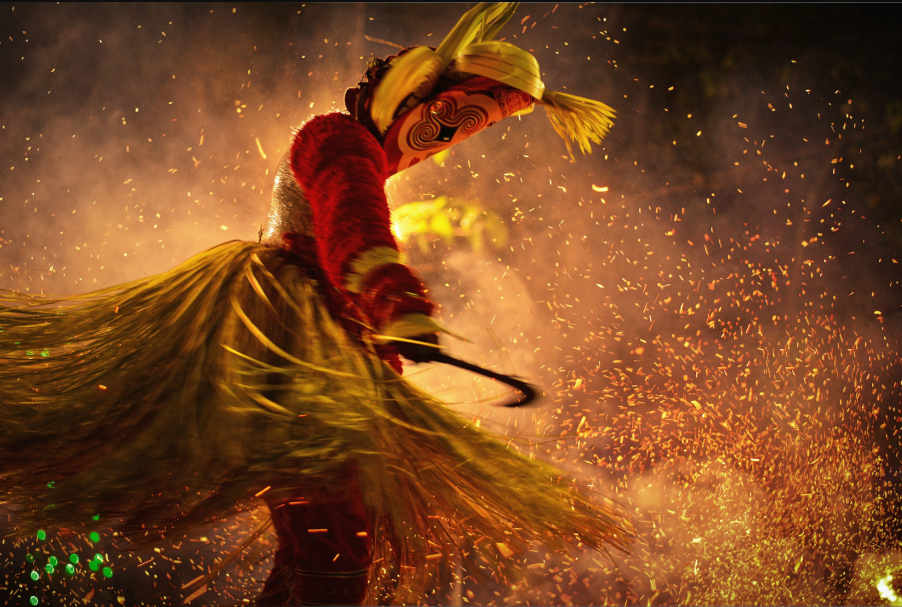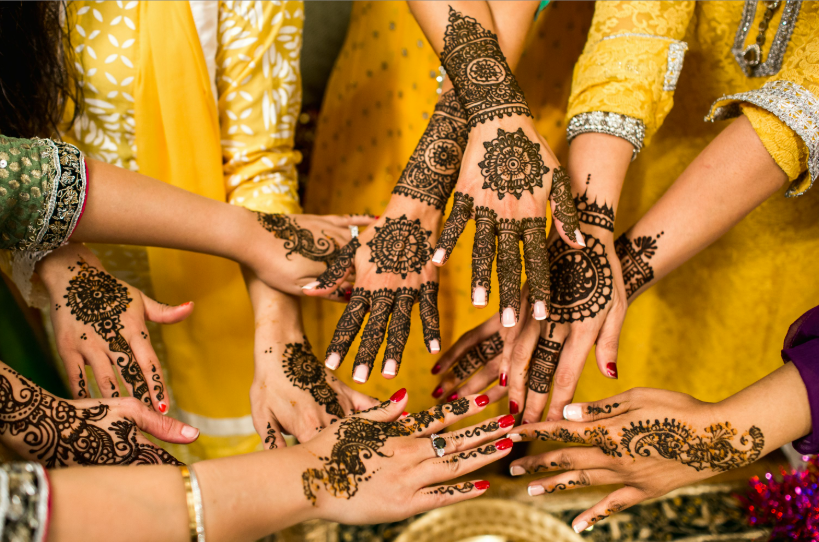
Introduction
Culture is an important part of human life. It shapes the way people live, think, and interact with one another. The Culture Guide helps us understand how traditions, customs, beliefs, and values connect communities around the world. By studying culture, people can learn to respect diversity and appreciate the practices that make every group unique. The Culture Guide is not only about history but also about how culture continues to change and influence daily life today.
The Meaning of Culture
Culture is the collection of ideas, behaviors, customs, and knowledge that people share as a community. It includes language, religion, clothing, food, and celebrations. Culture gives people a sense of identity and belonging. It helps individuals understand what is considered right or wrong, polite or impolite, in their society. The Culture Guide shows that culture is not fixed. It develops with time, adapting to new conditions and lifestyles while still maintaining connections to the past.
The Role of Family and Community
Family plays a central role in preserving and passing down culture. From childhood, people learn customs, traditions, and values through family practices. Festivals, meals, and daily routines all reflect cultural teachings. Communities also play a part in keeping traditions alive. Social events, gatherings, and ceremonies create opportunities to share customs with others. The Culture Guide highlights the importance of these bonds in ensuring that traditions continue from one generation to the next.
Festivals and Celebrations
Festivals are one of the most visible ways culture is expressed. They bring people together to celebrate history, religion, or nature. Each festival has its own traditions, such as clothing, food, music, and rituals. These celebrations are not only joyful events but also lessons in heritage. The Culture Guide emphasizes how festivals allow people to reconnect with their roots and share their cultural identity with the younger generation.
Language and Communication
Language is an essential part of culture. It carries knowledge, traditions, and values from one generation to another. Through language, stories are told, songs are sung, and customs are explained. Many cultural expressions lose their meaning when translated, which shows how closely tied language is to identity. The Culture Guide shows that protecting native languages is vital to keeping traditions alive. Without language, large parts of culture risk being forgotten.
Art, Music, and Dance
Art is another way culture is expressed. Paintings, crafts, sculptures, and architecture often reflect the values of a society. Music and dance are also important cultural symbols, used in festivals, ceremonies, and storytelling. Traditional instruments, songs, and dances often represent the history and lifestyle of a community. The Culture Guide explains how these forms of art connect people to their past while also inspiring creativity for the future.
Food and Cultural Identity
Food is a powerful symbol of culture. Recipes are often passed down through generations and reflect the environment and resources of a community. Certain dishes are prepared for festivals, weddings, or religious events, making them special cultural markers. Sharing meals is a way to strengthen social bonds and keep traditions alive. The Culture Guide shows that food is not only about taste but also about identity and heritage.
Cultural Change in Modern Times
While traditions remain important, culture is not unchanging. Modern life, technology, and globalization have influenced cultural practices. People often blend traditional customs with modern habits, creating new cultural expressions. Migration has also spread cultural practices to different parts of the world. The Culture Guide explains that while some traditions may fade, many continue to adapt and survive in new ways. This balance helps culture stay relevant while still honoring the past.
Preserving Cultural Heritage
It is important to protect and preserve cultural traditions for future generations. Families can teach children about customs, languages, and values. Schools can include cultural studies to help students learn about heritage. Communities can organize events that promote traditional art, music, and food. Governments and organizations can protect historical sites and support cultural projects. The Culture Guide emphasizes that preserving culture is not only about saving the past but also about creating a strong foundation for the future.
Conclusion
Culture is what gives people identity, meaning, and connection. The Culture Guide helps us see how family, festivals, language, food, and art play roles in shaping communities. While culture changes with time, it remains a powerful part of daily life. By respecting and preserving traditions, people ensure that their heritage is not lost. The Culture Guide shows that culture is both a reflection of history and a guide for the future, connecting people across generations and across the world.


